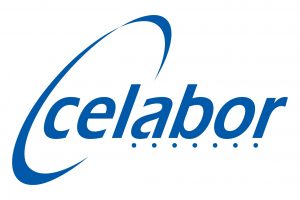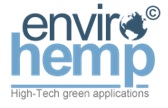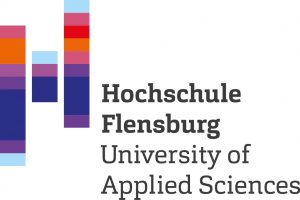Halophytes as Feedstock for Biogas Production: Composition Analysis and Biomethane Potential of Salicornia spp. Plant Material from Hydroponic and Seawater Irrigation Systems
Anaerobic digestion of Salicornia spp. achieved biomethane yields similar to that of green grasses and thus has the potential to serve as a feedstock for mono- and co-digestion
Newest results just published in Fermentation 2022, 8, 189
The newest results on valorization of halophyte plants through biogas production within the EU project AQUACOMBINE have just been published.
ABSTRACT The halophyte plant species Salicornia europaea and Salicornia ramosissima were investigated for their potential to serve as a substrate for biogas production. Salicornia europaea was cultivated in hydroponic systems under varying salt concentrations (0, 10, 20, and 30 g/L NaCl), while S. ramosissima was grown in greenhouse farming with aquaculture effluent irrigation. The biomethane potential of the two halophyte feedstocks was determined through batch experiments, and correlations to the plant biochemical composition were investigated. Ash and mineral content of S. europaea was correlated to the increasing salt concentration used for plant cultivation in hydroponic systems. No indication of inhibition of the anaerobic digestion process was detected for sodium concentrations of up to 2400 mg/L in the anaerobic batch-test assays. The highest biomethane yield of S. europaea of 250 mL CH4/gVS was obtained when grown under 20 g/L NaCl and up to 300 mL CH4/gVS for S. ramosissima. By concentrating the dry matter content, the biomethane yield per ton of feedstock could be increased from 24 m3 CH4/t of the fresh halophyte plant to 74 m3 CH4 /t by fractionation into a pulp fraction and to 149 m3 CH4 /t by drying of the plant at room temperature for 1 week.
Reference:
Cayenne, A.; Turcios, A.E.; Thomsen, M.H.; Rocha, R.M.; Papenbrock, J.; Uellendahl, H. Halophytes as Feedstock for Biogas Production: Composition Analysis and Biomethane Potential of Salicornia spp. Plant Material from Hydroponic and Seawater Irrigation Systems. Fermentation 2022, 8, 189. https://doi.org/10.3390/fermentation8040189

Contact:

PhD student Aadila Cayenne
aadila.cayenne@hs-flensburg.de
Prof. Hinrich Uellendahl
hinrich.uellendahl@hs-flensburg.de
Flensburg University of Applied Sciences, Germany

Acknowledgement
This project has received funding from the European Union’s Horizon 2020 research and innovation programme under Grant Agreement No 862834. Any results of this project reflects only this consortium’s view and the European Commission is not responsible for any use that may be made of the information it contains.


















